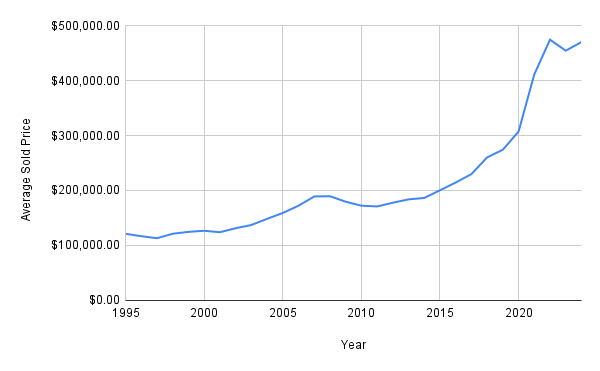In today’s fast-paced digital era, efficiency is the name of the game. Businesses and individuals alike are constantly seeking ways to streamline processes, save time, and enhance productivity. One often overlooked yet powerful tool in this quest for efficiency is the prefilled search. Whether you’re a client looking for specific information or a service provider assisting your clients, prefilled searches can be a game-changer.
The Rise of Prefilled Searches
Prefilled searches, also known as pre-populated or predefined searches, involve setting up search queries in advance with specific parameters. This means that users can execute complex searches with a single click or by entering minimal information. The rise of prefilled searches is a response to the growing need for quick access to relevant information in an information-saturated world.
How Prefilled Searches Benefit Clients
- Time-Saving: Prefilled searches save clients valuable time by eliminating the need to manually input complex search queries. With a simple click or minimal data entry, clients can retrieve precisely what they’re looking for.
- Reduced Complexity: For clients who may not be familiar with advanced search functionalities, prefilled searches simplify the process. This reduces the learning curve and ensures that users, regardless of technical expertise, can access information effortlessly.
- Increased Accuracy: By setting predefined search parameters, the likelihood of obtaining accurate and relevant results significantly improves. Clients can trust that the prefilled search has been configured to yield the most pertinent information based on their needs.
- Consistency: Prefilled searches ensure consistency across searches, minimizing the risk of errors that might arise from manually entering search criteria. This consistency is particularly crucial for businesses and professionals who require precision in their information retrieval.
- Customization: Prefilled searches can be tailored to specific client needs. This level of customization allows service providers to anticipate their clients’ requirements and deliver a more personalized and efficient experience.
Implementing Prefilled Searches for Clients
- Understanding Client Needs: Begin by understanding the specific information your clients frequently seek. Identify patterns in their queries and preferences to create prefilled searches that align with their requirements.
- User-Friendly Interface: Design an intuitive and user-friendly interface that allows clients to easily access prefilled searches. Implementing a simple click-to-search mechanism can enhance the overall user experience.
- Educational Resources: Provide clear instructions and educational resources to help clients understand the benefits of prefilled searches. Offering tutorials or guides can empower clients to make the most of this time-saving feature.
- Regular Updates: Keep prefilled searches up-to-date by regularly reviewing and adjusting parameters. This ensures that clients continue to receive accurate and relevant information as their needs evolve.
Conclusion
In a world where time is of the essence, prefilled searches stand out as a powerful tool to assist clients. By saving time, reducing complexity, and increasing accuracy, businesses and service providers can enhance their client relationships and boost overall efficiency. As technology continues to advance, integrating prefilled searches into client services is not just a luxury but a strategic necessity for staying ahead in the competitive landscape. Embrace the future of efficient information retrieval with prefilled searches and revolutionize the way you and your clients access and utilize data.
